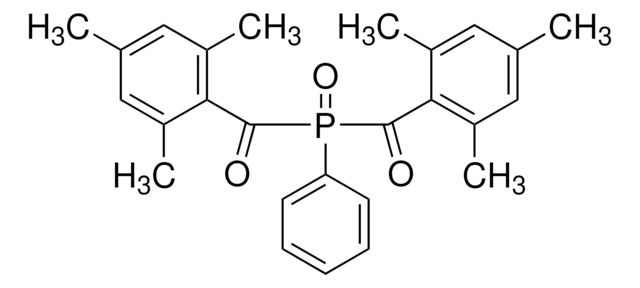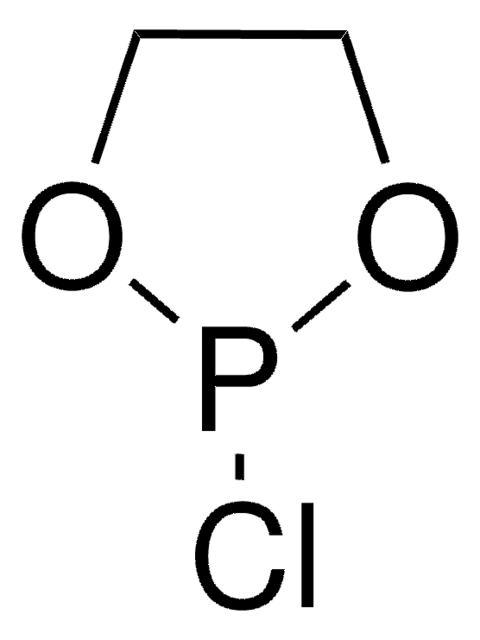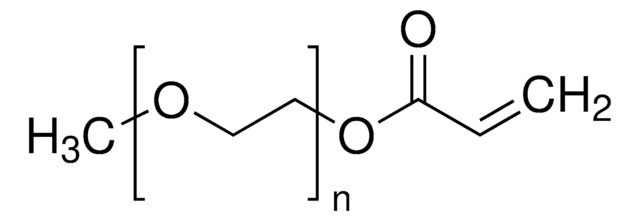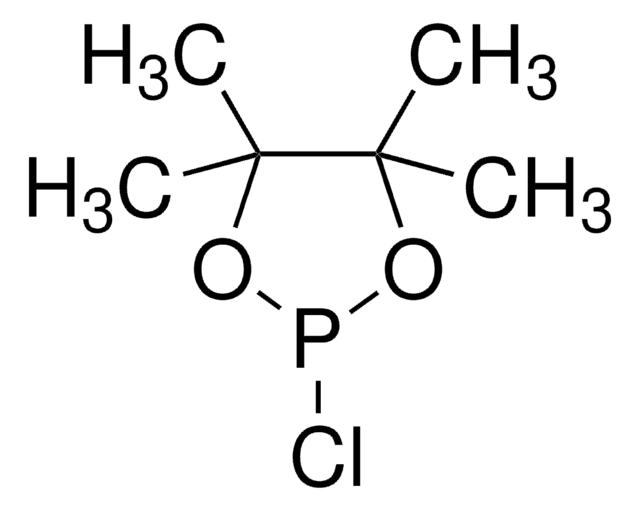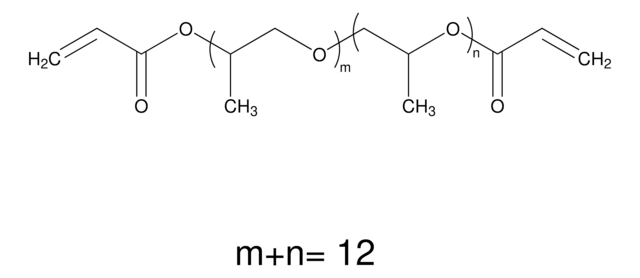455008
Poly(ethylene glycol) diacrylate
average Mn 700, acrylate, 100 ppm MEHQ as inhibitor, 300 ppm BHT as inhibitor
Synonyme(s) :
Polyethylene glycol, PEG diacrylate
About This Item
Produits recommandés
product name
Poly(ethylene glycol) diacrylate, average Mn 700
Poids mol.
average Mn 700
Niveau de qualité
Contient
100 ppm MEHQ as inhibitor (typically)
300 ppm BHT as inhibitor (typically)
Pertinence de la réaction
reagent type: cross-linking reagent
reaction type: Polymerization Reactions
Indice de réfraction
n20/D 1.47
Pf
12-17 °C
Densité
1.12 g/mL at 25 °C
Extrémité Ω
acrylate
Extrémité α
acrylate
Architecture des polymères
shape: linear
functionality: homobifunctional
Température de stockage
2-8°C
Chaîne SMILES
OCCO.OC(=O)C=C
InChI
1S/C8H10O4/c1-3-7(9)11-5-6-12-8(10)4-2/h3-4H,1-2,5-6H2
Clé InChI
KUDUQBURMYMBIJ-UHFFFAOYSA-N
Vous recherchez des produits similaires ? Visite Guide de comparaison des produits
Description générale
Application
Mention d'avertissement
Danger
Mentions de danger
Conseils de prudence
Classification des risques
Eye Dam. 1 - Skin Irrit. 2 - Skin Sens. 1
Code de la classe de stockage
10 - Combustible liquids
Classe de danger pour l'eau (WGK)
WGK 1
Point d'éclair (°F)
446.0 °F - closed cup
Point d'éclair (°C)
230 °C - closed cup
Équipement de protection individuelle
Eyeshields, Faceshields, Gloves, type ABEK (EN14387) respirator filter
Faites votre choix parmi les versions les plus récentes :
Déjà en possession de ce produit ?
Retrouvez la documentation relative aux produits que vous avez récemment achetés dans la Bibliothèque de documents.
Les clients ont également consulté
Articles
In this article, we will discuss the benefits and limitations of several 2D and 3D scaffold patterning techniques that can be applied in the presence of cells. Although these methods will be discussed in the context of poly(ethylene glycol) (PEG)-based hydrogels, they can technically be applied to any optically transparent, photoactive substrate.
Notre équipe de scientifiques dispose d'une expérience dans tous les secteurs de la recherche, notamment en sciences de la vie, science des matériaux, synthèse chimique, chromatographie, analyse et dans de nombreux autres domaines..
Contacter notre Service technique



